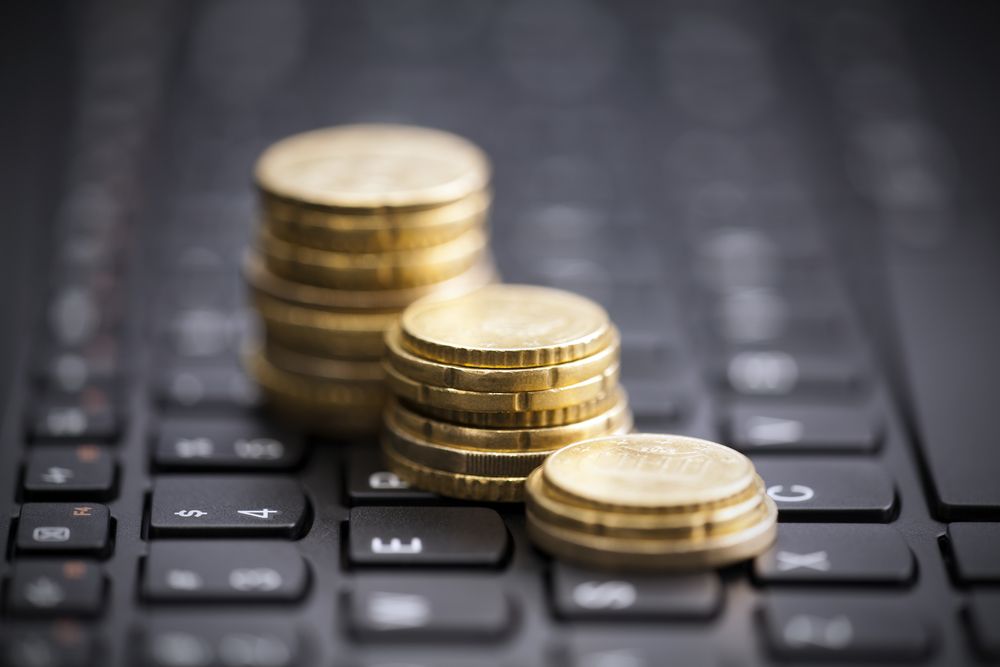Featured
Impact investing market continues to face rewards and risks
The impact investing market continues to expand, with an estimated value of about $228 billion, per a survey conducted by the Global Impact Investing Network. Yet there is a growing dissatisfaction among investors, who are pulling money out of their banks if they don’t see their wealth being used for sustainable means. These individuals expect to hold net assets of about $70 trillion by 2021.

Ten years ago, impact investing was a concept alien among big financial institutions. However, it has grown through the years from being a multi-million to a trillion-dollar industry. To say that the impact investing market has risen above and beyond a mere idea is an understatement.
Impact investing has become very popular among the world’s wealthiest. Today, it is no longer a problem for banks to sell the concept among its clients. For instance, the richest people want to use their money more sustainably or for a much nobler cause.
Balancing noble causes with ROIs
Impact investing is the practice of placing money in specific startups, companies, or institutions. Specifically, these entities dedicate their core businesses to promoting social and environmental impact. All the same, their activities should not forego ROIs for the investors.
Between 2017 and 2018, impact investing had an estimated value of about $228 billion. This is according to a survey conducted by the Global Impact Investing Network. GIIN is a nonprofit with goals of increasing the reach of impact investment.
From 2009, it has gathered participation from 237 banks across 37 countries. Among the biggest names are UBS, Credit Suisse, and JP Morgan. In addition, foundations as renowned as the Ford Foundation, the Gates Foundation, and the Mac Arthur Foundation also took part.
A billion-dollar market
In June 2019, GIIN released a new survey. It puts the size of the impact investing market at $502 billion. The report was based on interviews conducted with 266 organizations, fund managers, and other similar financial institutions. The sum total assets under management of all entities, to illustrate, were at about $239 billion.
GIIN estimates that the impact investing market will continue to grow. The funding needed for the United Nation’s Sustainable Development Goals is between $5 trillion and $7 trillion. The UN’s initiative aims to eradicate inequalities across the world by 2030.
The millennial demographic
Equally important is the fact that millennials are engaging in impact investing more than any other demographic. Specifically, 76 percent of the whole market, according to Jackie Vanderburg, managing director at the Trust of Bank of America.
Moreover, she highlighted that millennials currently make up three-quarters of the population. This goes without saying that their preferences and decisions are a significant factor that could shape the world.
Impact investing and some challenges ahead
The impact investing market continues to expand. Yet there is growing dissatisfaction among investors. Of most particular concern is how their banks are conveying their commitment to impact investing.
RS Group Chair Annie Chen recently noted how many banks now incorporate impact investing in their businesses. However, it seems that they failed to rouse involvement among its front-line employees. This includes bank managers and customer-facing employees. Based in Hong Kong, the RS Group is a family office dedicated to impact investments.
Meanwhile, William + Flora Hewlett Foundation President Larry Kramer saw the same problem. Standard Chartered PLC’s global head of private banking and wealth management Didier von Daeniken can agree.
Both executives noted that many banks’ customer service employees failed at this one thing. Banks should inform clients about how they can be involved with impact investing through many related services being offered.
Addressing challenges in impact investment

The financial industry needs to address this problem today. That is to say, wealthy investors are pulling money out of banks if they don’t see their money being used for sustainable means. The same individuals expect to hold net investible assets of about $70 trillion by 2021. Banks are at risk of losing the opportunity if they continue to neglect these customers’ demands.
To resolve the issue, Standard Chartered is training its employees on how to effectively present impact investing opportunities to clients. In Europe, meanwhile, about 50 percent of high net worth relationship managers across different banks are undergoing mandatory training on impact investment.
Financial literacy and academic training
The education system recognizes that it can contribute significantly to furthering knowledge about the impact investing market. For the past years, schools have been designing a finance curriculum which practices sustainable investing.
Professors George Serafeim and Rebecca Henderson from Harvard Business School, for instance, teach an elective course called “Reimagining Capitalism.” They enlighten students about the UN Sustainable Investing Goals. They believe this is an important framework for private equity investing.
Columbia Business School offers investing seminars for interested individuals. Wharton, on the other hand, offers 46 social impact courses for both graduate and undergraduate programs.
Impact investing: Where are we now?
The financial industry has undergone a significant change. From bank employees being required to sell services to being able to empower clients to achieve a more causal impact—times have indeed evolved.
Financial institutions should recognize the fact that investors and the world’s wealthiest feel put off with activities that at some extent struck them as something purposely greedy.
Individuals with money to spend have turned into human beings wanting more than just the superficial return of investments.
(Featured image by DepositPhotos)

-

 Cannabis2 weeks ago
Cannabis2 weeks agoMedical Cannabis in Poland 2025: Growth, Stability, and Wider Access
-

 Impact Investing3 days ago
Impact Investing3 days agoBeyond the ESG Label: Integrating Sustainability for Long-Term Value
-

 Crypto2 weeks ago
Crypto2 weeks agoBitMine Surpasses 4 Million ETH Holdings Amid Market Volatility
-

 Biotech3 days ago
Biotech3 days agoMedical Research in 2025: A Turning Point for Precision and Personalized Medicine

























